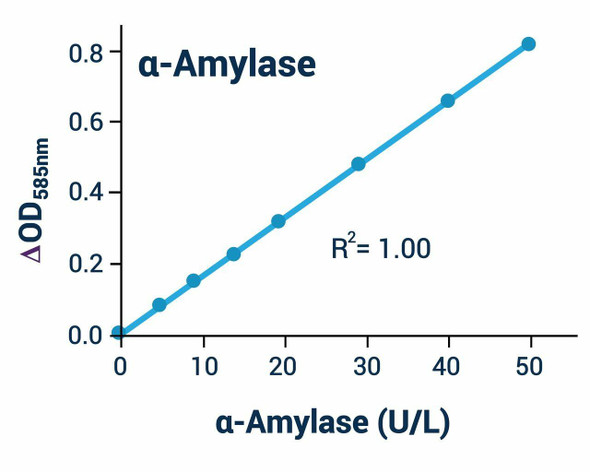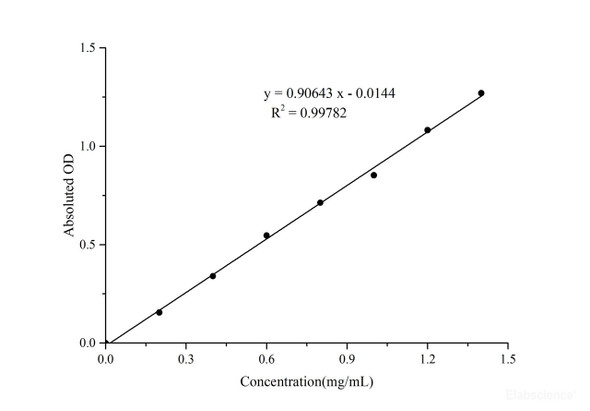Alpha-Amylase Activity Assay Kit (MAES0020)
- SKU:
- MAES0020
- Product Type:
- Assay
- Instrument:
- Microplate Reader
- Sample Type:
- Animal Tissue, Plant Tissue
- Sensitivity:
- 0.97 U/g tissue
- Range:
- 0.97-34.74 U/g tissu
- Assay Time:
- 40 min
- Shipping:
- Gel Pack
- Research Area:
- Diabetes & Obesity
- Research Area:
- Food Safety & Analysis
Description
| Product Name: | Alpha-Amylase Activity Assay Kit |
| Product Code: | MAES0020 |
| Product Size: | 96 Assays |
| Sample Type: | Animal and plant tissue |
| Assay Time: | 40 min |
| Instrument: | Microplate reader |
| Sensitivity: | 0.97 U/g tissue |
| Detection Range: | 0.97-34.74 U/g tissu |
| Recovery Rate: | 98 |
| Inter CV: | 3.9 |
| Inter CV: | 3 |
Amylase is an enzyme that catalyses the hydrolysis of starch into sugars. Amylase is present in the saliva of humans and some other mammals, where it begins the chemical process of digestion. Foods that contain large amounts of starch but little sugar, such as rice and potatoes, may acquire a slightly sweet taste as they are chewed because amylase degrades some of their starch into sugar. The pancreas and salivary gland make amylase (α-amylase) to hydrolyse dietary starch into disaccharides and trisaccharides which are converted by other enzymes to glucose to supply the body with energy. Plants and some bacteria also produce amylase. As diastase, amylase was the first enzyme to be discovered and isolated (by Anselme Payen in 1833). Specific amylase proteins are designated by different Greek letters. All amylases are glycoside hydrolases and act on α- 1,4-glycosidic bonds.
The reducing sugar reacts with 3,5-dinitrosalicylic acid under heating conditions to produce a brown-red substance, which is inactivated by the thermolabile nature of β-amylase, and then the enzyme activity of α-amylase is determined.
| Shelf Life: | 6 Months |
| Storage: | 2-8°C |
| Shipping: | Gel Pack |
| Research Area: | Enzymes, Others |
test






